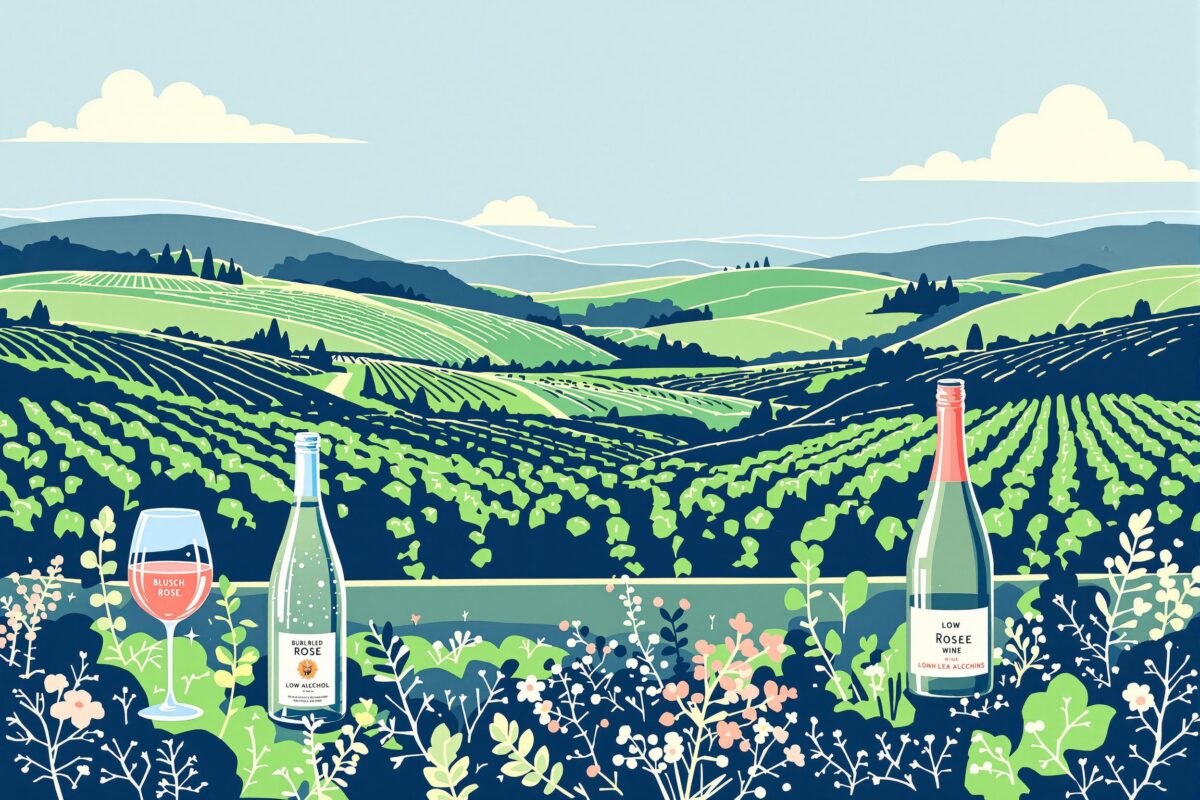Innovations in French Wine
The French wine landscape, steeped in tradition, is embracing a dynamic transformation. Innovations are reshaping vineyards and cellars, influencing how French wine is produced and enjoyed. From the celebratory bubbles of Champagne and other sparkling wines to the delicate blush of rosé and the rising appeal of low-alcohol options, the industry is adapting to evolving consumer preferences and global trends. This article explores the key innovations impacting French vineyards and the broader wine industry, offering valuable insights for both enthusiasts and seasoned connoisseurs.
Trend Analysis: Exploring Sparkling, Rosé, and Low-Alcohol Wine Dynamics
Sparkling Wine Surge: Champagne and Beyond
Sparkling wine, especially from France, is experiencing remarkable global growth. Champagne, the quintessential celebratory drink, maintains its prestigious status. Meanwhile, other French sparkling wine regions are gaining recognition. The global sparkling wine market shows robust expansion, boasting a 7.5% annual growth rate. This surge reflects a growing consumer desire for celebratory beverages and versatile wines suitable for various occasions. French producers are innovating within this category, exploring grape varietals beyond the traditional Chardonnay and Pinot Noir, and refining techniques to create more complex and regionally distinct wines. Imagine the possibilities! What new sparkling wine sensations await discovery?
Rosé Wine Renaissance: A Year-Round Favorite
Rosé has shed its seasonal image, becoming a year-round favorite. French rosé, particularly from Provence, remains a standard-bearer for quality and style, influencing rosé production worldwide. Rosé’s appeal lies in its refreshing nature, food pairing versatility, and vibrant color. French vineyards are responding to sustained demand by investing in dedicated rosé production facilities and refining winemaking techniques to achieve diverse styles, from pale and dry to fruit-forward and aromatic. Rosé’s enduring popularity significantly contributes to the French wine industry’s dynamism.
Low-Alcohol Wine Revolution: Health-Conscious Choices
Low-alcohol wine is undergoing a revolution, fueled by increasingly health-conscious consumers and evolving lifestyles. French producers are at the forefront of this trend, innovating to craft low-alcohol options without sacrificing flavor or quality. The segment boasts an impressive year-over-year growth of 5.5%, signaling a notable shift in consumer demand. Technological advancements, such as specialized fermentation and dealcoholization processes, enable the creation of appealing low-alcohol wine styles. Could this be the future of wine?
Market Shifts: Consumer Preferences and Their Impact on French Vineyards
Evolving Wine Consumption Patterns: White Wine and Red Wine Trends
Wine consumption patterns are evolving, impacting the French wine market and prompting adjustments in vineyards. White wine, known for its refreshing character and versatility, is gaining popularity. While red wine remains important, particularly for premium and age-worthy bottles, white wine’s appeal is broadening across demographics. Consumers are gravitating towards lighter-bodied, fruit-forward white wine styles. French producers are responding by focusing on varietals like Sauvignon Blanc, Chardonnay, and Pinot Blanc. How will these trends reshape the French wine landscape?
French Vineyards Adapting to Demand: Focus on Quality and Variety
French vineyards demonstrate impressive adaptability to evolving market demands. A focus on quality remains paramount, with wine regions maintaining stringent standards. Simultaneously, there’s a growing emphasis on variety, both in the grapes cultivated and the wine styles produced. French vineyards are exploring indigenous varietals and experimenting with innovative winemaking techniques to create unique and distinctive wines. This adaptability extends to catering to specific consumer segments, including the growing demand for organic, sustainable, and low-intervention wines.
Sustainability Practices: Organic Winemaking and Climate Adaptations
Sustainability is increasingly central to French vineyards, with organic winemaking experiencing significant growth. A remarkable 21% of French vineyards now utilize organic practices, reflecting a strong industry-wide commitment to environmental stewardship. Organic winemaking involves a holistic approach, prioritizing soil health, biodiversity, and the elimination of synthetic pesticides and herbicides. What are the long-term benefits of this shift?
Technological Evolution: Digital Tools for Enhanced Wine Production
Technological advancements are revolutionizing French vineyards, with digital tools and artificial intelligence (AI) playing an increasingly vital role. Precision viticulture, powered by sensor technology and AI algorithms, allows for optimized vineyard management practices. AI-powered systems can analyze vast amounts of data related to weather patterns, soil conditions, and grape ripeness, providing vineyard managers with invaluable insights. How is technology changing the game?
Expert Insights: Practical Tips for Selecting and Enjoying Modern French Wines
Selecting the right French wine can elevate any occasion. For celebrations, Champagne remains a timeless choice, while Crémant offers excellent value and regional diversity. When looking for a refreshing white wine, explore Sauvignon Blanc from the Loire Valley or crisp Chardonnay from Burgundy’s Chablis region. For rosé, Provence provides benchmark styles, but consider Tavel for richer, more structured options. Discover the diverse world of French wines. Uncork the possibilities!
